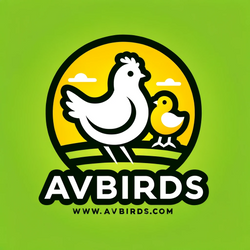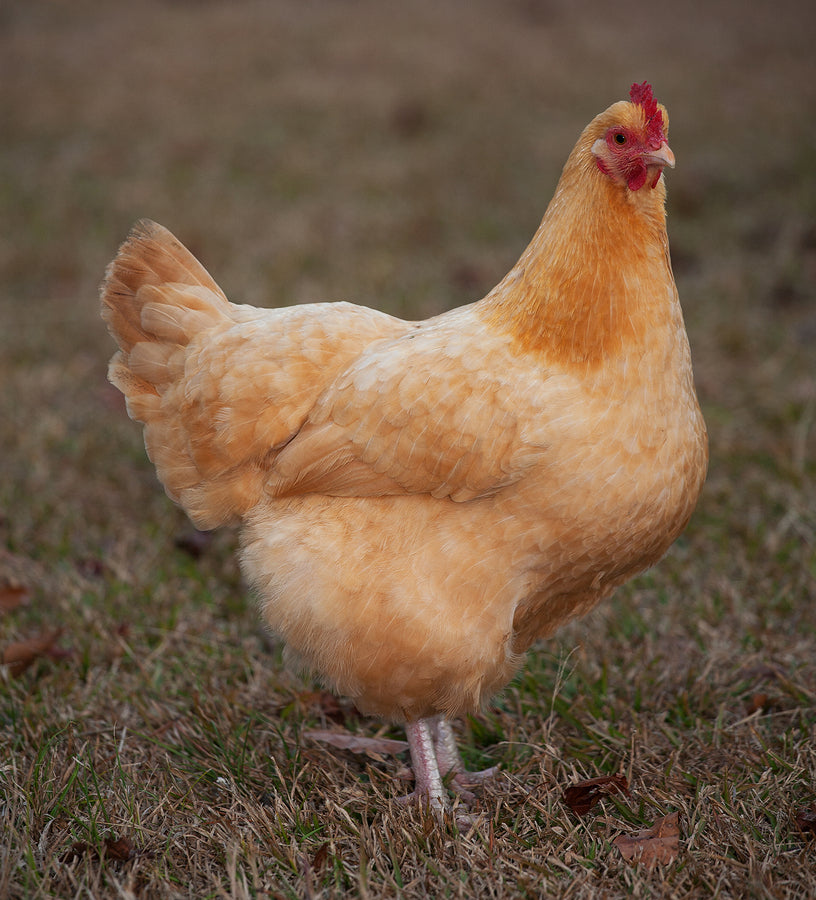Origin and History
- The Buff Orpington breed originated in the late 19th century in Orpington, Kent, England.
- Created by William Cook by crossbreeding various breeds including Minorcas, Langshans, and Plymouth Rocks.
- Quickly gained popularity due to their excellent qualities.
Physical Characteristics
- Notable for their large size and fluffy, buff-colored feathers.
- Broad body, deep chest, and a curvaceous shape.
- Feathering is dense, providing good cold resistance.
Temperament and Behavior
- Known for their docile, friendly, and gentle nature.
- Excellent for backyard flocks and good with children.
- Prefer free-ranging but adapt well to confinement.
Egg Production Capabilities
Average Egg Production
- A Buff Orpington hen typically lays about 3-5 eggs per week.
- Known for consistent laying, even in colder months.
Egg Characteristics
- Eggs are medium to large in size.
- Shell color ranges from light brown to tan.
- Known for good egg quality.
Factors Influencing Egg Production
- Diet, environmental conditions, and health significantly affect egg production.
- Stress, poor nutrition, and inadequate living conditions can reduce egg laying.
Health and Care for Optimal Egg Production
Dietary Needs
- Require a balanced diet rich in protein, especially during laying periods.
- Access to fresh water and supplementary calcium for strong eggshells.
Housing Requirements
- Need a spacious coop with adequate ventilation.
- Nesting boxes for egg laying and ample outdoor space for foraging.
Health Care Tips
- Regular health checks for parasites and common poultry diseases.
- Vaccinations and preventive care are essential for a healthy flock.
Benefits of Raising Buff Orpington Chickens
Dual-Purpose Breed
- Suitable for both eggs and meat production.
- Heavyweight makes them a good choice for meat.
Family-Friendly
- Their calm and friendly demeanor makes them ideal for families.
- Great for educational purposes for children.
Sustainability
- By providing fresh eggs, they contribute to a sustainable lifestyle.
- Reduces reliance on store-bought eggs, promoting local food sources.
Challenges and Considerations
Potential Challenges
- Vulnerable to predators due to their size and temperament.
- Need regular care and attention, which can be time-consuming.
Climate Considerations
- Tolerate cold well due to dense feathering but can struggle in extreme heat.
- Adequate shade and ventilation are essential in warmer climates.
Predation and Security
- Necessary to have secure housing to protect against predators.
- Regular checks for structural integrity of coops and fencing.

